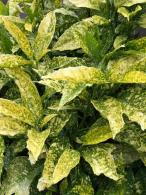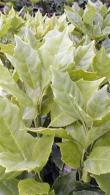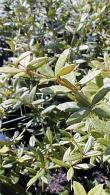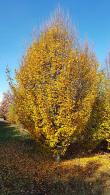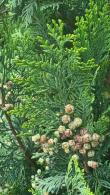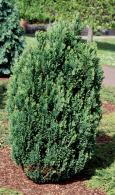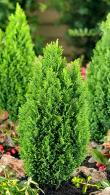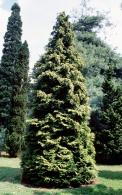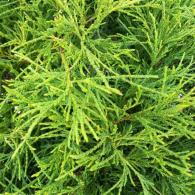Quality Hedging Plants
Our Full Range Of Hedging Plants
Many Sizes Available at Great Value Prices
Hedging Highlights:
- Extra Mature Leyland Cypress where instant screening is required
- Blight Resistant variety of Buxus for low hedging
- Take a look at our special bulk buy hedging deals.
OUR CLASSIC HEDGING PLANTS:
We have a large selection of hedging to choose from depending on the requirements of the customer. The fastest growing hedge available is the Cupressus Leylandii which is available up to 7m in height. Other popular hedges include Laurels and Photinia Red Robin which are medium fast growing and easy to maintain. Among the slowest of the hedges to grow is the Taxus Bacatta or Yew hedge. Known as the “king of hedging”, yew is dense, grows very slowly and has dark green leaves with berries in the winter. One of our favourites is Thuya or Thuja Plicata aka Western Red Cedar, it is a beautiful evergreen hedge, loves to be trimmed and has a lovely fragrance when cut and grows quickly. There are lots of flowering options which are great for encouraging wildlife into your garden and not forgetting our native hedging such as the Hornbeam hedge.
From autumn right through to spring, we offer a good choice of root ball hedging plants in all sizes.
View our hedging advice pages on full standard trees for above fence screening and using bamboo as a hedging plant
 Camellias for Hedging
Camellias for Hedging


